The Centre for Advanced Learning Technologies in Science, Technology, Engineering, Arts, and Mathematics (CALTSTEAM) stands as a trailblazing hub for innovation, inclusivity, and societal impact in STEAM education. Situated at the University of Johannesburg, CALTSTEAM directly addresses the pressing challenges of youth unemployment and educational inequality in South Africa and across the Global South. The Centre pioneers the integration of advanced learning technologies such as artificial intelligence (AI), virtual reality (VR), and augmented reality (AR) into school and university education, with a distinct focus on making these technologies accessible to young people from disadvantaged and marginalized communities. Unique in its approach, CALTSTEAM fuses cultural relevance with cutting-edge digital innovation, transforming science learning into an immersive, engaging, and culturally meaningful experience. At the heart of CALTSTEAM’s mission is a commitment to youth empowerment through digital skills development. Initiatives such as the XR Online Coding Club equip learners with practical, in-demand skills in XR design, coding, and application development. This proactive skills transfer creates pathways for young people to transition from passive consumers to active creators of technology, with the potential to launch their own entrepreneurial ventures and technology start-ups. The Centre views digital innovation not merely as an educational tool but as a driver for youth employment, entrepreneurship, and economic inclusion. CALTSTEAM’s holistic approach integrates teacher development, learner empowerment, and community engagement through initiatives like CAVARS and AI-powered learning pathways. By nurturing digital creativity and fostering an entrepreneurial mindset, CALTSTEAM offers scalable, sustainable models for building equitable and future-ready learning ecosystems in Africa—preparing young people not only to participate in but also to shape the digital economy.

CATEGORY WINNER
Innovation and Entrepreneurship Activators of the Year Award
Empowering African innovators in advanced learning technologies at school and university
CATEGORY WINNER Innovation and Entrepreneurship Activators of the Year Award
Peoples' Choice Category Winner
University of Johannesburg - South Africa
"Driving Youth Empowerment Through Digital Innovation"
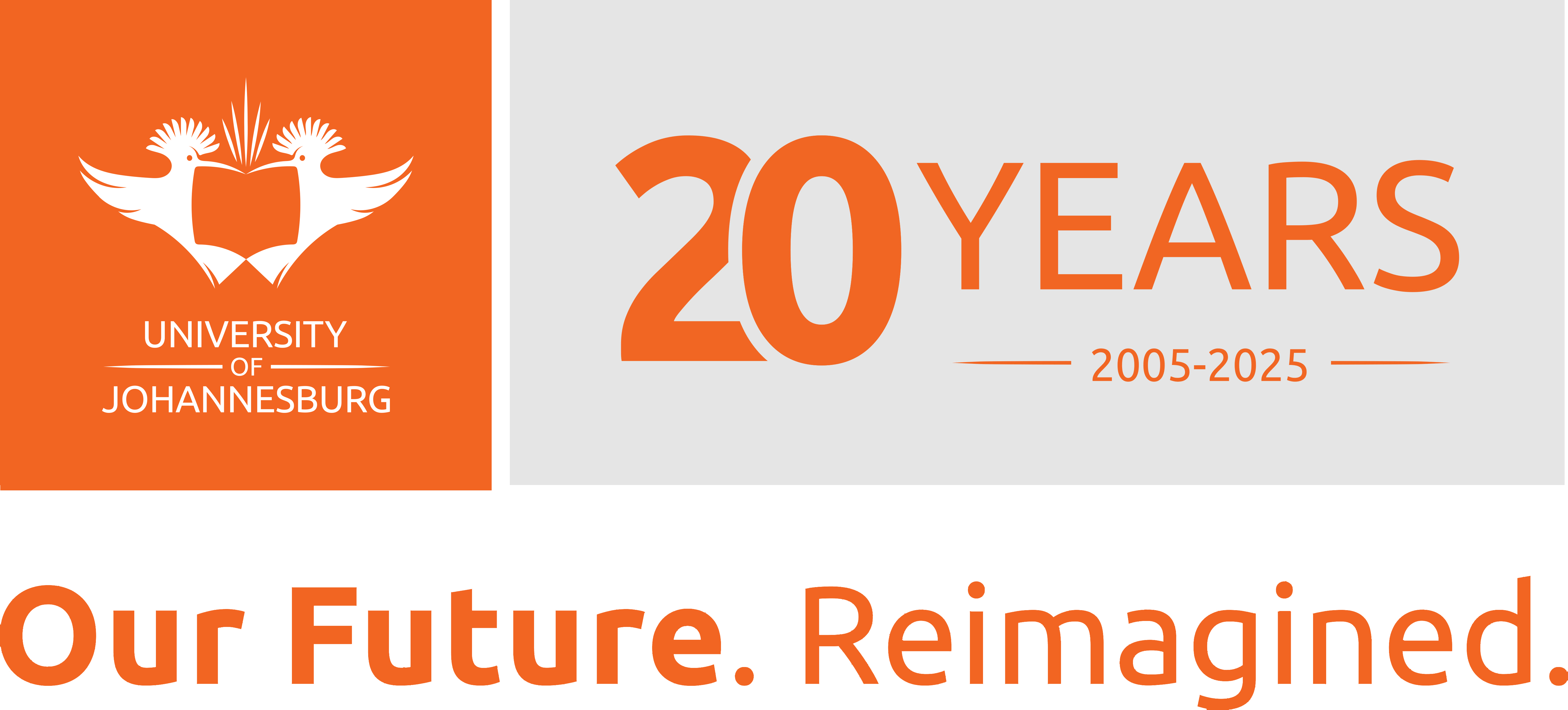
Engage on social media
(Umesh Ramnarain LinkedIn Account)
(University of Johannesburg Facebook account)
(University of Johannesburg YouTube account)
(University of Johannesburg Instagram account)
Have a say and vote for this entry to win the People's Choice Award!
500 points per vote
Provide your email address and click on "vote". You will then receive an email that enables you to verify your vote by clicking on a link.
1500 points for each share/re-post; 500 points for each like
Support this entry by engaging with it on Social Media.
Summary
Key People
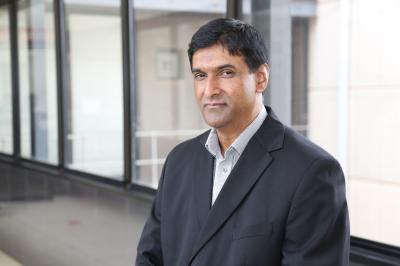
Professor Umesh Ramnarain
Director of CALTSTEAM Research Centre
University of Johannesburg
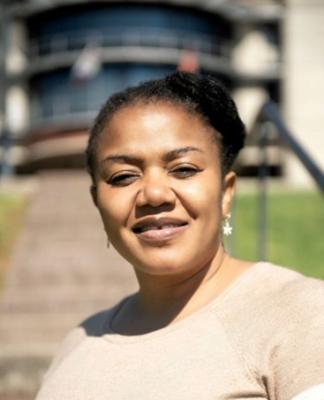
Professor Mafor Penn
Senior Researcher at CALTSTEAM
University of Johannesburg

Dr Jameson Goto
Senior Researcher at CALTSTEAM
University of Johannesburg

Ms Noluthando Mdlalose
Senior Researcher at CALTSTEAM
University of Johannesburg

Ms Thato Mashishi
Researcher at CALTSTEAM
University of Johannesburg

Ms Linda Mzamo
Researcher at CALTSTEAM
University of Johannesburg
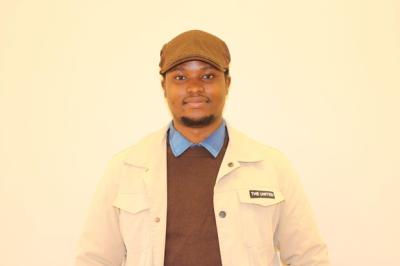
Mr Siphe Kave
Researcher at CALTSTEAM
University of Johannesburg
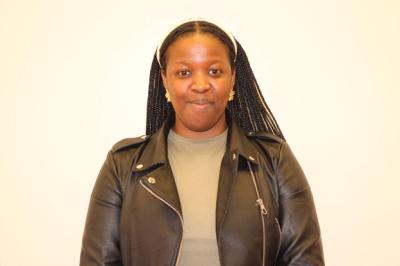
Ms Mmathapelo Aphane
Administrator at CALTSTEAM
University of Johannesburg
Acknowledgements
Technology Innovation Agency
National Research Foundation
Images
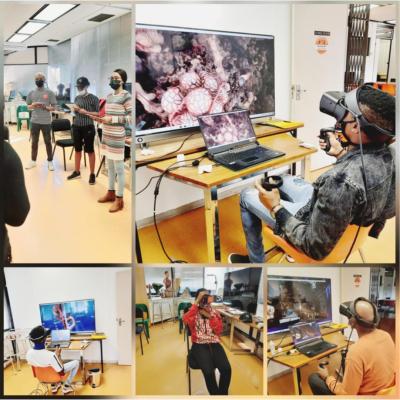
University Student Empowerment
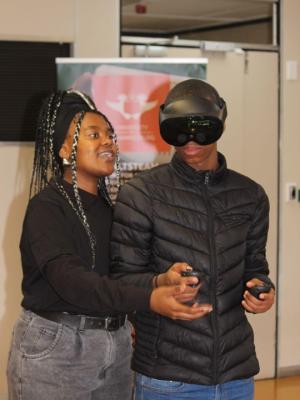
University Student Training
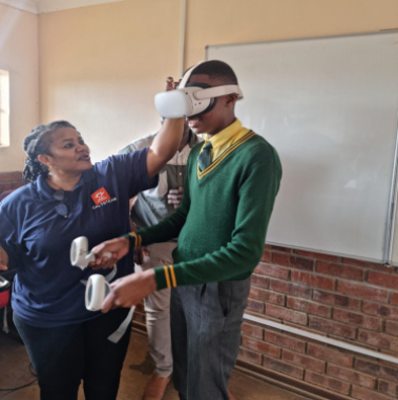
School learner empowerment
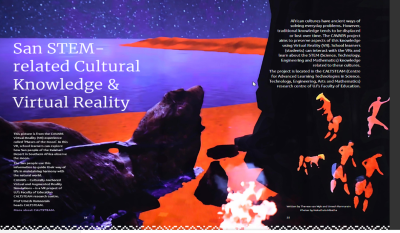
Culturally-Anchored Virtual and Augmented Reality Simulations (CAVARS) on Phases of the Moon
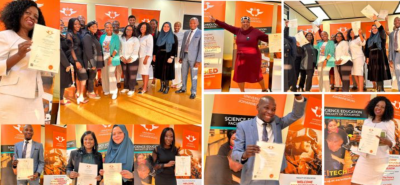
Teacher empowerment in VR and AR certification ceremony
IMPACT STORY
Impacting lifes
In the remote sands of the Northern Cape, South Africa, the Komano San people, the oldest inhabitants of Southern Africa have preserved the wisdom of nature for generations, yet their voices have been stifled due to Westernization and marginalization. When CALTSTEAM first visited the Komano San, we discovered living knowledge of ancient stories of the phases of the moon, used for hunting, harvesting, and cultural rituals. Elders spoke of the moon not from books, but through life experience, songs, and oral histories. Moved by their rich heritage, CALTSTEAM embarked on a mission to preserve this intangible cultural knowledge through technological innovation. Together with community elders, teachers, and cultural leaders, we co-created a Culturally-Anchored Virtual and Augmented Reality Simulation (CAVARS) that blended San storytelling with scientific explanations of lunar phases.
Months later, we returned to the community. School learners from the Komano San community donned VR headsets for the first time and experienced the moon through the eyes of their ancestors, while learning its scientific relevance. The experience ignited a sense of curiosity among the youth in a community grappling with high unemployment, where future prospects often felt limited. Learners realized that technology could be a pathway to preserving their culture and building sustainable livelihoods.
In the community hall, members responded with pride knowing that their cultural heritage now preserved in modern technology would live on in future generations.
The impact was transformational. Through CALTSTEAM, tradition met technology, and a forgotten history became the foundation for future scientific inquiry and entrepreneurial possibility.
LEARNINGS
Lessons learned
Our journey at CALTSTEAM has revealed important lessons that have reshaped how we view innovation and impact in STEAM education. One of the most striking realizations was that technology alone is not enough to inspire meaningful change. We initially believed that simply introducing advanced tools like virtual reality, augmented reality, and AI would ignite excitement and learning. What surprised us was the incredible power of co-creation, the process of designing educational experiences together with teachers, learners, and local communities. It was only when we actively listened to cultural knowledge holders and embedded their voices in our technological innovations that we witnessed a profound transformation in learner engagement, cultural pride, and ownership of knowledge.
We also learned that teachers are not just facilitators, but powerful agents of change. By investing in their development, equipping them with practical, hands-on digital skills, and encouraging them to adapt technology to their local contexts, we observed a ripple effect of creativity and innovation far beyond our initial expectations. Teachers began leading their own initiatives, tailoring digital tools to address real classroom needs, and inspiring their learners to think critically and creatively.
For anyone following a similar path, our advice is to lead with empathy, prioritise community voices, and commit to sustainable, locally-driven solutions. Innovation succeeds when it is built on trust, relevance, and collaboration. At CALTSTEAM, we have learned that when technology is paired with cultural relevance and teacher empowerment, it becomes a powerful force for equity, creativity, and lasting educational transformation.
FUTURE PLANS
What's coming?
A key pillar of our future strategy is the expansion of the XR Online Coding Club, a groundbreaking platform that will democratize access to XR development skills for both school learners and university students, particularly targeting underserved communities throughout Africa where digital opportunities remain scarce. This free, open-access online hub offers step-by-step coding courses, culturally relevant XR design resources, and immersive project-based challenges that empower young people to move from passive technology consumers to active technology creators.
In parallel, CALTSTEAM plans to scale the establishment of STEAM Innovation Hubs in township and rural schools, transforming these schools into vibrant spaces of creativity and entrepreneurship. These hubs will be equipped with low-cost maker spaces and VR/AR learning stations facilitated by trained mentors, giving learners practical exposure to 4IR technologies. Beyond skills development, these hubs will foster youth-led innovation ecosystems, where learners work collaboratively on community-based projects, prototype solutions to local challenges, and gain early exposure to entrepreneurial thinking.
Over the next five years, CALTSTEAM aims to position itself as a continental leader in inclusive technology-driven education, forging cross-sectoral partnerships with industry, government, and civil society. Our vision extends beyond skills training to influencing educational policies, driving socio-economic transformation, and unlocking pathways for youth employment. Ultimately, we envision an empowered generation of African learners who are equipped with advanced digital skills, critical thinking capabilities, and an entrepreneurial mindset to drive sustainable development, preserve cultural heritage, and shape a more equitable and innovative future for Africa

